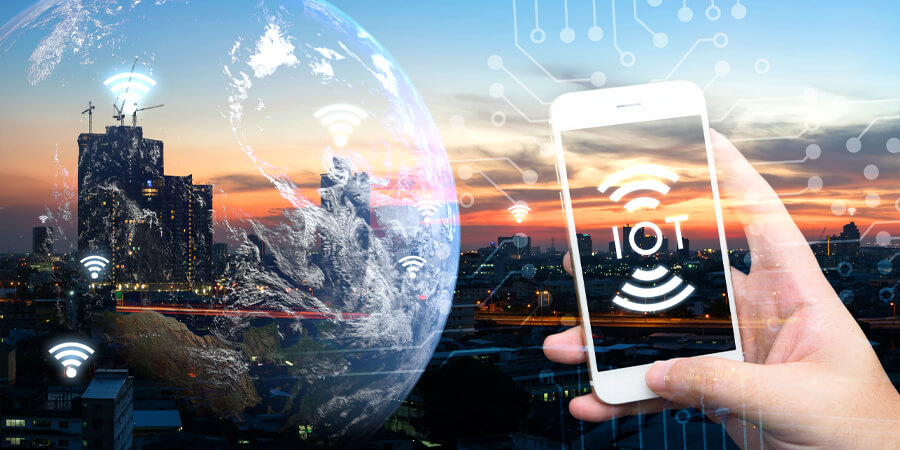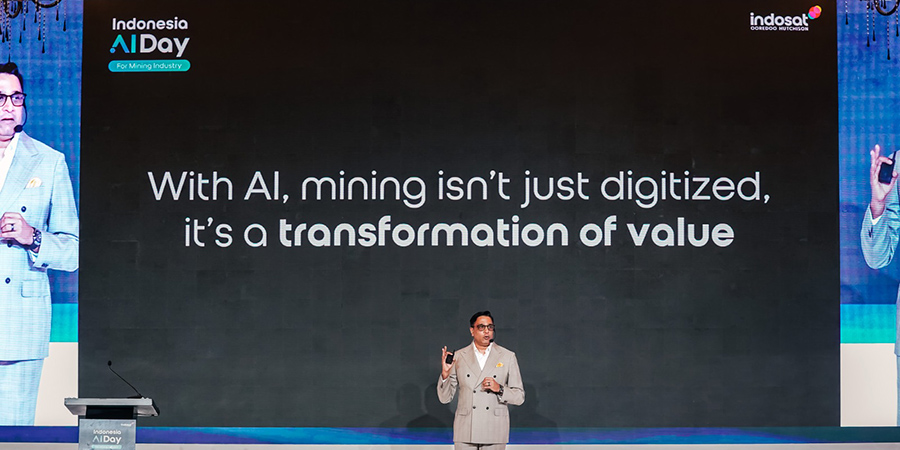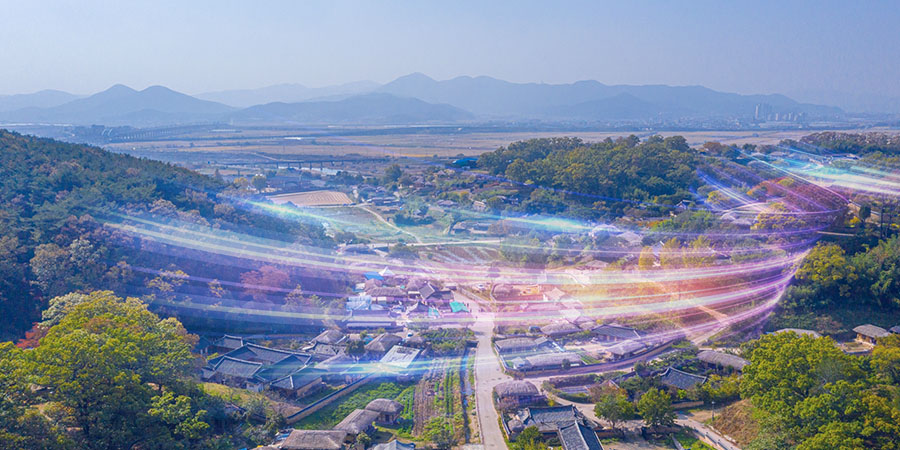The Asia-Pacific region is experiencing rapid urbanization and industrial growth, leading to increased concerns about environmental sustainability. In this era of technological advancements, the Internet of Things (IoT) has emerged as a powerful tool for monitoring and managing environmental parameters in real time. By leveraging IoT-based environmental monitoring systems, countries in the Asia-Pacific region are making significant strides towards creating a greener and more sustainable future.
IoT-Based Environment Monitoring in Asia Pacific
Singapore’s Smart Nation initiative is a comprehensive and transformative national strategy aimed at leveraging technology and innovation to create a connected, efficient and sustainable society. It encompasses various sectors, including governance, economy, environment and society, with the goal of improving the quality of life for its citizens and fostering economic growth.
The core goal of the Smart Nation initiative is to use connectivity, data analytics and digital technologies to improve government services, spur innovation and enhance Singaporeans’ general quality of life. Building a smart and connected ecosystem involves integrating cutting-edge technologies like cybersecurity, big data analytics, artificial intelligence (AI) and IoT.
As an example, the city-state can improve recycling efforts, streamline waste collection and reduce inefficiencies by monitoring and managing waste through IoT-based systems. This strategy promotes sustainable practices while minimizing the environmental impact of waste management.
Through its comprehensive and holistic approach, Singapore continues to pioneer smart city strategies and remains at the forefront of the global digital transformation movement.
Meanwhile, the Air4Thai project is an environmental monitoring initiative in Thailand initiated by the Ministry of Natural Resources and Environment. It aims to address the country’s air pollution challenges by utilizing IoT-based technologies to collect and disseminate real-time air quality data to the public.
The project focuses on deploying a network of IoT sensors across various locations in Thailand to continuously monitor air quality parameters such as particulate matter (PM2.5 and PM10), nitrogen dioxide (NO2), sulfur dioxide (SO2) and ozone (O3). These sensors collect data at regular intervals and transmit it to a centralized database for analysis and visualization.
The Air4Thai project emphasizes transparency and civic participation by making the collected data available to the public. This approach promotes accountability and encourages citizens to actively engage in addressing air pollution issues.
By leveraging IoT-based environmental monitoring, the Air4Thai project contributes to improving air quality management, raising public awareness and enabling evidence-based decision-making for pollution control and mitigation efforts in Thailand.
Additionally, the Bangkok Air Quality and Noise Management Division initiative is a dedicated online platform developed by the Bangkok Metropolitan Administration (BMA) to provide comprehensive information about air quality and noise levels in the city. The initiative aims to raise public awareness, enable informed decision-making and promote proactive measures to address air and noise pollution issues in Bangkok.
The website serves as a user-friendly interface for accessing and visualizing the data collected by the IoT sensors. It provides real-time updates on air quality and noise levels, allowing users to monitor pollution levels in different areas of Bangkok. This information is crucial for individuals to make informed decisions about their activities, take necessary precautions and protect their health.
The IoT-based environmental monitoring system enables the Bangkok Air Quality and Noise Management Division to have a comprehensive understanding of the city’s environmental conditions. By utilizing IoT sensors, the division can collect data from multiple monitoring stations simultaneously, covering a wider geographical area. This allows for a more accurate assessment of air quality and noise pollution throughout the city.
Furthermore, the Central Pollution Control Board (CPCB) in India plays a crucial role in environmental monitoring and pollution control. It was established in 1974 under the Ministry of Environment, Forest and Climate Change. In recent years, the CPCB has started incorporating IoT-based environmental monitoring systems to enhance its capabilities in collecting and analyzing data related to air quality, water quality and noise pollution.
By leveraging IoT technology, the CPCB is able to deploy a network of sensors across various locations in the country to monitor pollution levels in real time. These sensors collect data on parameters such as particulate matter, gases and noise levels, which are then transmitted to a centralized database for analysis and reporting.
Additionally, IoT-based environmental monitoring systems enable data visualization and dissemination through online platforms. The CPCB aims to protect and improve the environmental quality of the country for the well being of its citizens as well.
Collaborative Efforts and Investments
While the applications of IoT-based environment monitoring are promising, several hurdles need to be addressed for effective implementation. These challenges include data security and privacy concerns, the interoperability of diverse sensor networks and the need for skilled personnel for data analysis and interpretation. To overcome these challenges, collaboration between governments, industries and research institutions is crucial. Additionally, the development of standardized protocols and frameworks can ensure interoperability, while robust data encryption and privacy measures can safeguard sensitive information.
Through real-time data collection, analysis and dissemination, these systems empower policymakers, authorities and citizens to make informed decisions for a sustainable future. As countries in the Asia Pacific continue to embrace IoT technologies, collaborative efforts and investments in research and development will pave the way for greener, cleaner and more resilient communities across the Asia-Pacific region.







